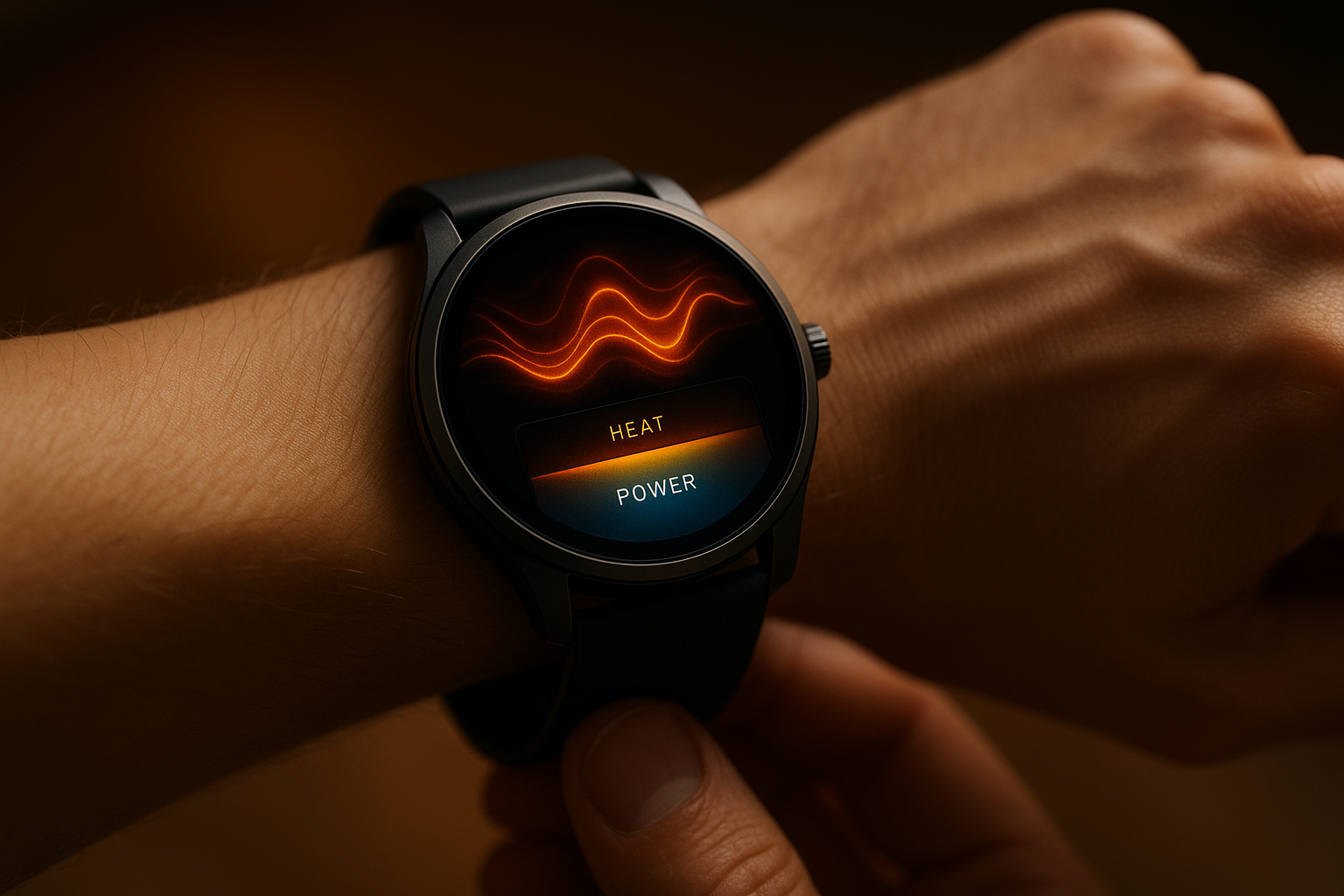Wearable Technology: Features, Styles, and Practical Benefits
Smart watches have transformed how we interact with technology on a daily basis. These wearable devices blend functionality with fashion, offering everything from fitness tracking to seamless connectivity. Whether you're drawn to sleek modern aesthetics or timeless classic elements, understanding what makes a smart watch both practical and stylish can help you make an informed choice that suits your lifestyle and personal taste.

The world of smart watches continues to evolve rapidly, merging cutting-edge technology with sophisticated design. As these devices become increasingly integral to our daily routines, the balance between functionality and visual appeal has never been more important. From health monitoring capabilities to customizable watch faces, smart watches offer a unique combination of utility and personal expression that traditional timepieces simply cannot match.
Exploring the Latest Trends in Stylish Watches
Current trends in smart watch design emphasize minimalism and versatility. Manufacturers are moving away from bulky, tech-heavy appearances toward sleeker profiles that resemble traditional watches. Interchangeable bands in materials like leather, metal mesh, and silicone allow users to transition seamlessly from gym sessions to formal meetings. Color options have expanded beyond basic black and silver to include rose gold, matte finishes, and even limited-edition collaborations with fashion designers. Display technology has also advanced, with always-on screens that mimic analog watch faces while conserving battery life. These developments reflect a growing consumer desire for devices that complement rather than dominate their personal style.
Understanding Features That Make Watches Fashionable
What transforms a smart watch from a mere gadget into a fashion statement involves several key elements. The case size and shape play crucial roles in overall aesthetics—rounded faces tend to evoke classic elegance, while square or rectangular designs project modern sophistication. Material choices matter significantly, with stainless steel, titanium, and ceramic offering premium looks that rival luxury timepieces. Customization options extend beyond bands to include digital watch faces that can display everything from minimalist analog designs to intricate complications. Screen quality, particularly resolution and brightness, ensures that the display remains crisp and readable in various lighting conditions. The integration of haptic feedback and subtle notification systems allows these devices to remain functional without being visually intrusive.
Comparing Classic and Modern Watch Designs
The distinction between classic and modern smart watch designs reflects broader aesthetic philosophies. Classic-inspired smart watches feature round faces, traditional crown controls, and subdued color palettes that echo mechanical timepieces from decades past. These designs appeal to those who appreciate horological heritage while embracing digital convenience. Modern interpretations favor geometric shapes, bold color contrasts, and innovative materials like carbon fiber or sapphire crystal. Some manufacturers offer hybrid models that incorporate mechanical elements alongside digital displays, creating a bridge between old and new. The choice between these styles often depends on personal preference and the contexts in which the watch will be worn. Classic designs tend to pair well with formal attire, while modern styles complement casual and athletic wear more naturally.
Benefits of Owning a Versatile Stylish Watch
Investing in a well-designed smart watch offers numerous practical advantages beyond aesthetics. Health and fitness tracking capabilities provide real-time insights into heart rate, sleep patterns, and activity levels, encouraging healthier lifestyle choices. Notification management keeps users connected without constantly reaching for their phones, improving productivity and reducing digital distraction. Payment features integrated into many models streamline transactions at compatible terminals. GPS functionality supports navigation during travel and outdoor activities. Water resistance ratings allow these devices to withstand swimming and water sports. The ability to switch bands and customize displays means a single device can adapt to multiple occasions, reducing the need for multiple accessories. Battery life improvements now allow several days of use between charges, making these watches genuinely practical for extended wear.
Practical Considerations When Selecting a Smart Watch
Choosing the right smart watch involves evaluating compatibility with your existing devices, as most models work best within specific ecosystems. Screen size should balance visibility with comfort, particularly for those with smaller wrists. Battery performance varies significantly between models, with some prioritizing extended life over advanced features. Storage capacity matters if you plan to load music or apps directly onto the device. Durability factors like scratch resistance and build quality determine long-term satisfaction. Consider which sensors and health metrics are most relevant to your needs, as not all devices offer identical tracking capabilities. The availability of third-party apps and watch faces can greatly enhance functionality and personalization options over time.
Conclusion
Smart watches represent a convergence of technology and personal style that continues to mature and refine itself. By understanding current design trends, recognizing the features that contribute to visual appeal, and appreciating the differences between classic and modern aesthetics, consumers can select devices that truly enhance their daily lives. The versatility these watches offer—from fitness tracking to fashion accessory—makes them valuable additions to modern wardrobes. As manufacturers continue innovating in both form and function, the gap between traditional timepieces and smart devices narrows, offering more choices than ever for those seeking the perfect balance of style and substance.




